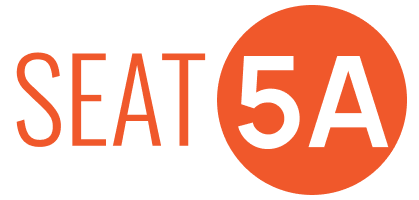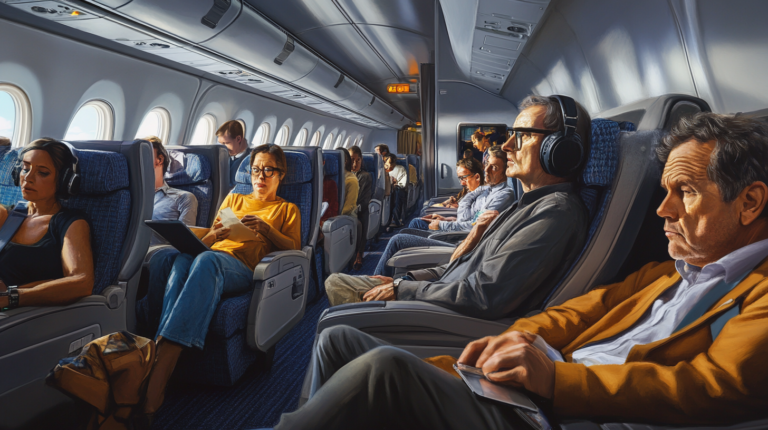Your Essential Business Travel Cost Estimator

Business travel can involve juggling multiple expense categories, from flights and hotel bookings to meals and incidentals. Estimating these costs in advance helps frequent flyers stay within budget, manage reimbursements, and avoid unexpected financial surprises.
1. The Foundation: Transportation, Accommodation & Meals

Most business travel budgets revolve around these three pillars. Transportation (T) can include air tickets, train fares, or car rentals; accommodation (H) covers everything from standard hotel rooms to premium suites for those important meetings; and food (F) ensures no one goes hungry while on the road. Many professionals set a per diem for daily meal allowances, especially on short three-day domestic trips that can run close to $1,389, with over 20% usually spent on dining.
In my own experience, focusing on these core categories early in trip planning sets a firm foundation for cost control. For instance, on a recent flight to a conference in Chicago, I noticed how a switch from a prime-time flight to midday departures helped me shave nearly 15% off my airfare. Meanwhile, booking hotels near public transit has often allowed me to save on ride-share fees and discover delicious local cafés within walking distance.
According to the 2024 Global Business Travel Association forecast, combined transportation and lodging can account for over 60% of typical trip expenses. Pinpointing these costs and building flexibility right from the start helps guard against last-minute changes or itinerary adjustments. I’ve seen that even a few small compromises—like picking a standard room instead of a suite—can keep expenses under control while still ensuring a comfortable stay.
2. Embracing Dynamic Budgeting

When planning corporate trips, businesses may rely on a fixed cap for simplicity. However, a dynamic model that factors in real-time data often provides a more precise view of spending. Tools like TravelBank help companies track air, lodging, and car expenses while maintaining compliance with evolving policies. This approach allows frequent flyers to adapt budgets as costs shift with factors like destination or seasonality.
I’ve experimented with dynamic budgeting on several trips, and it’s been a game-changer. Whenever I see a sudden fare drop, I can quickly reallocate the savings toward a nicer accommodation or extra meals. A recent study suggests that businesses using real-time budgeting tools can reduce overall travel spend by up to 10%. In my observation, a dynamic mindset also encourages teams to communicate more closely about changes, preventing any sticker shock when reimbursements roll in.
One tip I’d offer is to blend historical pricing data with on-the-ground insights. In 2025, platforms that analyze current and past booking trends are getting smarter by the day, helping travelers make well-informed decisions at each step. Eventually, you might even forecast surcharges on specific dates and tweak your itinerary accordingly.
3. Utilizing Business Trip Calculators

The Business Trip Cost Calculator or Estimator is designed to sum up all travel expenses: T (transportation) + H (accommodation) + F (food) + M (miscellaneous) + O (other). By quickly tallying projected outlays, it simplifies budget planning and expense reporting. Some calculators can also help you find missing cost data, making it easier to forecast totals or track your actual spending for reimbursement.
In my own travels, I rely heavily on such calculators to get a snapshot of potential costs, especially when I’m mapping out multi-city itineraries. One real-world example involved a trip across two different conferences in Europe. After inputting train fares, hotel stays, meals, and airport transfers, I realized I could save close to $300 by booking a regional pass rather than separate rail tickets. That’s the beauty of having a detailed breakdown right at your fingertips.
According to industry data compiled in 2023 by the Corporate Travel Index, professionals who leverage calculator tools are nearly twice as likely to stick to their budgets, as they can immediately compare projected versus actual spend. I’ve seen how this awareness also leads to more transparent conversations between teammates and finance departments, who appreciate having a single reference point for the entire trip’s expenses.
4. A Quick Example

Consider transportation of $300, accommodation at $500, meals at $150, and miscellaneous fees of $50. The total cost adds up to $1,000. In another scenario, these expenses might climb to $1,150 or more based on travel class, hotel category, or additional trips during your stay. Budget estimators help identify these variances for better financial control.
It never ceases to amaze me how small differences—like choosing a business-class seat for a high-profile meeting—can alter the entire budget. In one instance, I upgraded to a flexible fare, which added about $100 to my transportation costs, but I quickly recovered the difference by opting for a more modest rental car. The calculator’s running total kept me aware of how each change would affect my bottom line.
What I like most about these quick examples is that they prove how even straightforward categories can fluctuate. The day of the week, the time of purchase, and the city’s peak tourism season can all play pivotal roles in how much you ultimately spend.
5. Advanced Flight Estimators & Tools

Apart from dedicated business travel calculators, advanced solutions like Forecast from AllFly analyze historical data, median fares, and seasonal trends to predict airfare for corporate trips, offsites, and meetings. This level of insight is invaluable for experienced travelers who need detailed reports on flight classes and fluctuating ticket prices. Other comprehensive toolboxes include dynamic expense trackers, DNS lookups, and even solutions for monitoring energy use—though those come in handy for different types of planning.
Personally, I find it helpful to reference year-over-year fare comparisons. For example, if last year’s average flight to my destination hovered around $400, I use that as a benchmark to decide if current offers are reasonable or overpriced. Combined with real-time data, these historical references paint a full picture of what travelers can expect to spend, down to the exact day or even hour.
According to a 2025 review by an aviation data firm, advanced estimators have cut the typical fare-tracking window in half, enabling travelers to pinpoint the best purchase times more accurately. I’ve also seen how tapping into predictive analytics can be a lifesaver during popular travel seasons, where demand spikes quickly and flight prices can shoot up by over 30%. These tools empower us all to make smarter, faster booking decisions.
Final Thoughts

By combining foundational budgeting principles with real-time data, business travel can be both cost-effective and enjoyable. From harnessing advanced calculators to staying open to dynamic models, the key is balancing foresight with flexibility. I’ve come to appreciate that even the most carefully laid plans might need last-minute tweaks—especially if the goal is to find that perfect seat with the best view.
Whether you’re a frequent flyer or just testing the waters, embracing a well-researched approach ensures you’ll land precisely where you want to be: on budget and with peace of mind. Modern estimators and data-driven insights can pave the way for streamlined travel, helping you identify meaningful ways to save without compromising on comfort.
Ryder’s Take
I’ve discovered that the more I rely on factual, up-to-date cost estimators, the more empowered I feel when selecting airlines, hotels, or even seat upgrades. While minor details—like what time to eat or which day to fly—may seem small, they can add up in surprising ways.
Every journey is a chance to test new tools and refine your strategies. Ultimately, a well-planned itinerary offers both clarity and the rare privilege of relaxing just a bit more at 35,000 feet.
Seat5A is the perfect place to continue exploring all these travel insights.






